 Marc Remus is an award-winning German painter and author. His books have received 20 literary awards and have been translated into many different languages.
Marc Remus is an award-winning German painter and author. His books have received 20 literary awards and have been translated into many different languages.
Remus was educated in the United States, graduated with a BA in art and illustration from Art Center College of Design in Pasadena, CA, and lived in Japan and Central America for some years. He has traveled to seventy countries and visited over a thousand cities, of which he has painted about two hundred. His work has been featured on TV and in many magazines and newspapers in Germany, USA, and Mexico.
During his art studies in California during the 1990s, Remus took his first children’s book illustration class. His college teacher inspired him to start writing and not just illustrating. The result was a picture book called Painting Brian, which led to his first book and eventually to the Magora series. In the early 2000s, Remus studied for four years at the Institute of Children’s Literature. In 2016 the Magora book, which he had initially written more than twenty years before, was finally published. During the five years that followed, eight more books were published.
Having a sweet tooth since childhood, Remus embarked on a new journey in 2019. Surrounded by many overweight friends and family members, Remus came up with an idea to teach children a healthy way of eating without preaching. This idea resulted in The Chocolate Clouds. It took the author two years to illustrate the book. With over 150 drawings, it is a rarity in children’s literature.
Today, Marc Remus is working on a new children’s book while The Chocolate Clouds are being translated into more languages. He continues to eat chocolate…
Tell us about your book.
The Chocolate Clouds is a fantasy tale that takes place in a land of sweets. It explores critical issues like weight loss, nutrition, and friendship wrapped up in a fun-filled adventure with many quirky and lovable characters.
I worked three years on this book. It contains many drawings that took me two years to complete. Since I opted for an elaborate drawing style used in the 19th century, the entire project took longer than expected, but I was very happy with the result because it turned out to be something exceptional. Today’s traditional book publishing industry can’t afford to include that many illustrations in a middle grade book anymore and that is why The Chocolate Clouds stands out with 150 illustrations.
Why did you want to write a book?
I always wanted to write books. When I was a child I came up with stories and made up magical characters. I created mock-up books of my drawings by just gluing the pages together. When I finally studied illustration at Art Center College of Design in California, my instructor suggested that I write a picture book and illustrate it. I came up with a story that my instructor enjoyed very much. It triggered memories from my childhood. Over the next four years, I created seven picture books, but since this was at the start of the digital age, I could only print out the pages on my inkjet printer. After graduation, I realized that my writing skills couldn’t match the high quality that my illustrations had.
Therefore, I concentrated on my writing skills for the next 15 years and studied at various institutes focusing on children’s literature. When my writing skills finally matched the quality of my illustrations, I published my first book in 2016.
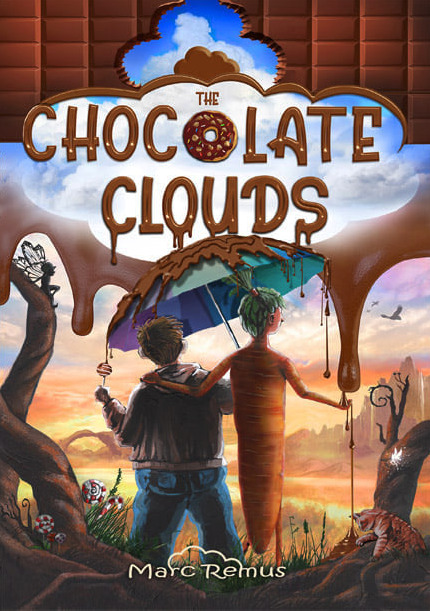 Why did you choose to self-publish?
Why did you choose to self-publish?
Self-publishing gives you a lot of freedom that you can’t have with a publisher. It is not that often that a publisher allows an author to illustrate his own book. Usually, the publisher decides who will illustrate a book, and the author has little say over the layout or the design.
Being an illustrator myself, I didn’t want to sacrifice this. I wanted to create my own cover, choose the right layout, and give my book the final touch.
However, if publishers allowed me to illustrate my own book, I would possibly consider working with them, but this has not happened yet.
What do you think are the main pitfalls for indie writers?
I can only speak for writers of children’s books and young adult novels. I am not familiar with adult books or non-fiction.
In the children’s book field, I believe that overestimating yourself is one of the main pitfalls. Many authors believe that they can do everything themselves without the help of professionals and without years of practice.
Some indie writers believe they can illustrate their own books only because they like to draw. It doesn’t happen very often that the quality of illustrations matches the quality of the writing. This is the reason why publishers rarely let the writer illustrate the book. It took me over 15 years to match my writing skills to my illustrating skills, and it was a lot of work.
Overestimating is often caused by the people we love most: family and friends. Your children, nieces, and nephews will, of course, love your books and many of your friends will too. This creates a bubble, and the author believes the book is perfect and everybody loves it. But when you put it out in front of people you don’t know, reality can hit the author very hard. If kids who have no connection to your family or friends love the book, then you are on the right track.
A good way to do a reality check is to get a professional editor who gives you honest feedback and explains to you how to improve your writing. When it comes to illustrations, compare your illustrations to the best illustrations in the traditional publishing industry. If you can’t see the difference, better ask a professional.
I usually work with two to three editors on each book. No author is perfect, and professional editors can help you get the book closer to perfection.
What do you think is the most difficult part in self-publishing?
For every author this answer differs, but I realized that for authors who are no longer struggling with their writing, it is the marketing and sales aspect that causes them problems.
Marketing is a completely different field that doesn’t really have anything to do with what a writer does. However, self-published authors are forced to be marketers, salesmen, and advertisers.
This is something I have been struggling with for years. Even though I have won over 20 literary awards, had my books translated into eight different languages, and even reached the No. 1 rank in children’s books section of Amazon, I could never acquire more than 50 ratings and reviews on the site. The Chocolate Clouds didn’t even make it to 40. It is a constant hunt for reviews and ratings that requires a lot of time. If I spent every day working on this, I would not have the time to write new books. So it turns out to be a vicious circle.
On top of that, marketing is always expensive. Considering that 95% of authors cannot make a living, investing in marketing never pays off. So far, I have never profited from a book I have published. Quite the opposite, I have probably invested a thousand times more into my books than I have gotten out of them. But it is my passion and love for these books that keeps me going.
What tips can you give other authors looking to self-publish?
The answer boils down to one thing: Editing! Many authors avoid working with professional editors. They rely on their own writing skills and friends. But unless you are Shakespeare or Hemingway, your writing probably contains a lot of mistakes in content, grammar, or spelling. You might not be aware of these errors or you don’t even want to admit that they are there, but they exist.
Even after 12 rounds of edits by five professional editors and 31.000 downloads of my first book, a reader still found a tiny mistake. It might just be a missing question mark, an empty space, or something minor, but there are mistakes, no matter if they are big or small.
The best tip I can give authors is to find a highly-professional editor who is not related or connected to you. You want to get the most honest edit. These editors have worked in the publishing industry for many years and are not cheap but they are certainly worth their money. They can turn your book into a gem.
As a writer, what is your schedule? How do you get the job done?
I usually have two different phases when I write a book. The first phase is collecting ideas and coming up with a plot. This requires a lot of free space in your mind. I take long walks with my notebook, try to reduce any kind of daily routine, and reduce social contact as well as TV time. I get rid of anything that can distract me from the story. When I am most relaxed, I come up with the best ideas.
Once the ideas are developed and the outline is written, the daily routine starts. I begin writing a few hours in the morning, take a break, and continue writing in the afternoon for a few more hours. I noticed that I cannot write more than seven hours a day. After that, my attention span goes down.
After the first draft is completed, the editing phase begins. I sent it to my editor and worked for a few months with her on the changes. From the editor the manuscript goes to the copy editor. When all this is completed, I start illustrating.
Tell us about the genre you wrote in, and why you chose to write this sort of book.
Being an illustrator, I always had a passion for children’s books. Adult books rarely include illustrations. Children’s books, on the other hand, have many illustrations, and I love to illustrate. I always wanted to create books for children because I could combine both my writing talent and my illustration skills.
After having written a few books without many illustrations, I felt it was about time to create a book that was visually as exciting as the story. The Chocolate Clouds is my first book that contains over 150 drawings. Illustrating the book took longer than writing it.
Fantasy has always been my forte. I enjoyed creating fantasy worlds at an early age, but as the years passed by, I realized that even fantasy needs to have a message in children’s books. Pure action and adventure is not enough because children should learn something from the book without having to deal with adults preaching. For this book, I chose healthy eating and weight issues.
Why did you write about this particular subject?
I chose to write about healthy eating and weight issues because a lot of my friends and family were dealing with this issue. I think that installing a sense of good eating habits into children at an early age can alleviate health issues in later years.
My best friend in high school became obese over the years. It got so bad that she couldn’t get up from bed anymore. She was on the verge of dying when the doctor told her that if she didn’t lose weight, she would only live a few more months. She changed her diet and lost most of her weight. Afterwards, she always wanted to write a book about her experience to teach other people a lesson about how bad eating habits can ruin your life. She was so excited about The Chocolate Clouds and couldn’t wait to hold it in her hands. Unfortunately, she didn’t get to see it. She passed away from cancer a few months before the book came out. I will miss her terribly.
What’s next for you as an author?
I have almost completed my next book. I have about six more chapters to write before the editing phase will begin. I believe that by the end of the year I can start the illustrations. These will take a while. Hopefully, I can publish the new book in late 2023 or early 2024.
This novel is about imaginary creatures called Fluffmunches. They live behind radiators, are as small as mice, have fluffy yellow fur, and love to munch chocolate cookies. Like The Chocolate Clouds, this book tells a funny adventure, but also has a serious message underneath. In this story, I am addressing fears that children might have and how to overcome them.
Author Links
Get an Editorial Review | Get Amazon Sales & Reviews | Get Edited | Get Beta Readers | Enter the SPR Book Awards | Other Marketing Services







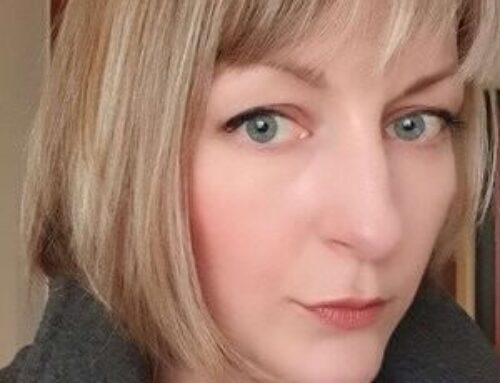



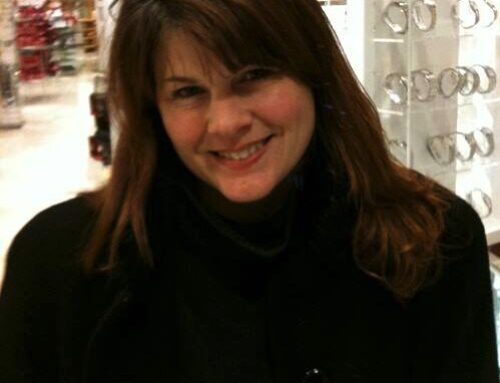

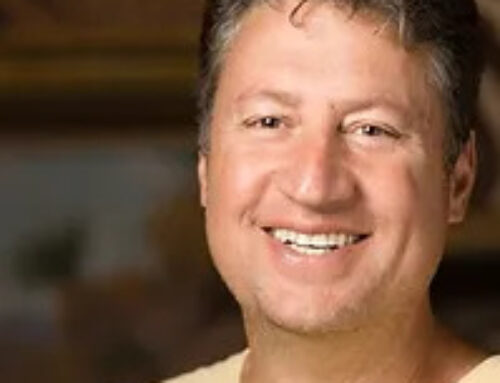



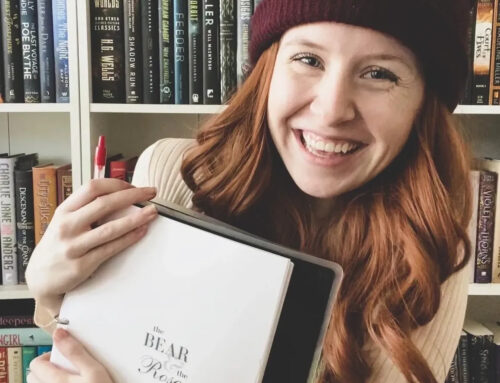





Leave A Comment